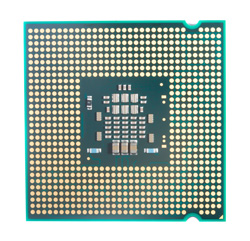Novel thin film fabrication and evaluation technology
Thin films, or layers of materials of nano-scale thickness, have become ubiquitous recently with growing prevalence in the electronics and protective coatings sectors. Oxide thin films have become a key focus of the electronics industry given their unique capabilities for handling higher voltages than silicon-based electronics, stability at higher temperatures, transparency (imagine transparent electronics) and eco-friendliness. European researchers sought to develop a novel cost-effective, flexible and sustainable thin film deposition process via funding of the 3D-DEMO project. While many techniques for thin film deposition exist, the ability to mass produce multi-component oxides with three-dimensional (3D) patterning during the deposition phase in only one step is currently unattainable yet key to future device designs. Investigators developed chemical beam epitaxy (CBE) thin film deposition to achieve 3D patterning in a single step. Results were compared to pulsed laser deposition (PLD), a process that allows rapid reliable growth of thin films but in smaller quantities. In addition, researchers developed a modification to near-field scanning optical microscopy (NSOM), namely heterodyne interferometric NSOM (H-NSOM), to better investigate patterning and optical uniformity. Metal PLD thin films exhibited problematic electromagnetic behaviour as well as rough and unstable surfaces at high temperatures leading to cracking. In contrast, CBE films of 101-oriented lithium niobate (LiNbO3) deposited on magnesium oxide (MgO) were smoother and capable of deposition at lower temperatures, demonstrating the superiority of the CBE process. Wave guides, special types of electromagnetic transmission lines, were among the devices tested. In addition to successfully implementing the CBE process for manufacture, researchers applied H-NSOM for better definition of spectral properties of LiNbO3/MgO thin film waveguides. Taken together, 3D-DEMO developed new technology for 3D patterning of thin film oxides in a single step as well as optical microscopy methods for evaluation of thin film spectral properties. Exploitation of results could have an important impact on the European electronics device industry, reducing costs and enhancing mass production capabilities







